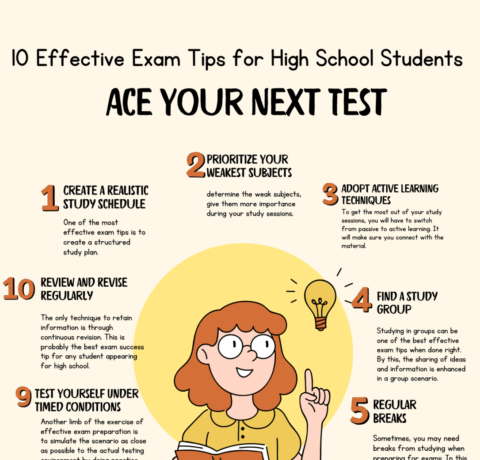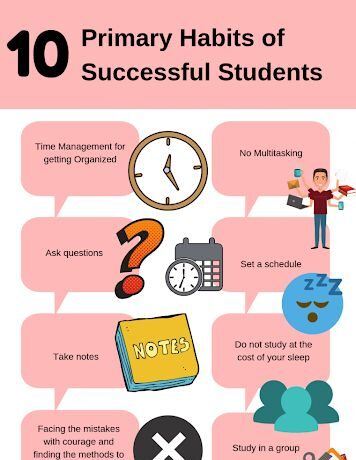How to Succeed with ESSA Using Digital Curriculum Infographic
The Every Student Succeeds Act (ESSA) takes a new approach to closing student achievement gaps. Since it was signed into law on December 10, 2015, educators have been busy preparing to meet the requirements that will go into effect during the 2017-18 school year. As they’ve looked at areas for change and re-tooling, many districts have realized that effective digital curriculum can go a long way in helping them comply with ESSA mandates.
Digital curriculum fulfills many of ESSA’s core objectives, particularly the increased push to use technology to personalize learning and address the needs of diverse learners. Take a look at the eight specific ways digital curriculum can support your ESSA implementation efforts that are outlined in the How to Succeed with ESSA Using Digital Curriculum Infographic. Beyond individualizing instruction, you’ll learn the role digital curriculum can play in standards-based instruction, college and career readiness, and state reporting.
New Requirements Under ESSA
- ESSA, coupled with the National Education Technology Plan, pushes personalized and project-based learning.
- ESSA requires statewide accountability standards that must include indicators for competency on tests, and for English language proficiency, high school grad rates; and other indicators.
- ESSA shifts oversight away from the federal government and onto the states, and requires that statewide assessments are aligned to state standards.
- Districts must facilitate effective transitions for students from middle school to high school, and from high school to postsecondary education.
- In line with college and career readiness, ESSA requires states to adopt challenging academic content standards aligned with entrance requirements for credit-bearing coursework in that state’s higher education system.
- ESSA requires more use of data for reporting and accountability, including public reporting and an annual state report card.
- Schools with graduation rates below 67%, and have one or more subgroups of under-performing students must be identified, and schools must provide an evidence-based plan for helping students who are falling behind.
- ESSA calls for more use of technology to personalize learning. In addition, ESSA creates a new block grant that must fund at least one activity expanding the use of technology.
How Digital Curriculum Can Help
- Accelerate and deepen learning for all students with effective digital curriculum that enables teachers to personalize learning for all students.
- An effective digital curriculum with supports and scaffolds addresses the needs of a diverse group of students, from those who struggle to English language learners and those capable of accelerating.
- Effective digital curriculum is designed for the standards, not simply aligned afterward. Assessments and reports should show progress and proficiency by standard.
- Ensure every student is really ready for their future with effective digital curriculum that focuses on content mastery, not just memorization.
- Digital curriculum that sets high expectations and incorporates active learning rather than a passive lecture-style approach, builds really ready skills including growth mindset, self-directed learning, critical thinking, and more.
- Effective digital curriculum offers robust data and reporting, for deeper insight into student usage, progress, and proficiency across class, school, district, and student levels
- The data and reporting built into a quality digital curriculum should identify students falling behind so steps can be taken to get students back on track.
- Technology, combined with effective digital curriculum and support, can personalize the learning experience and ensure increased student achievement for all students.







You can adjust your cookie preferences here.